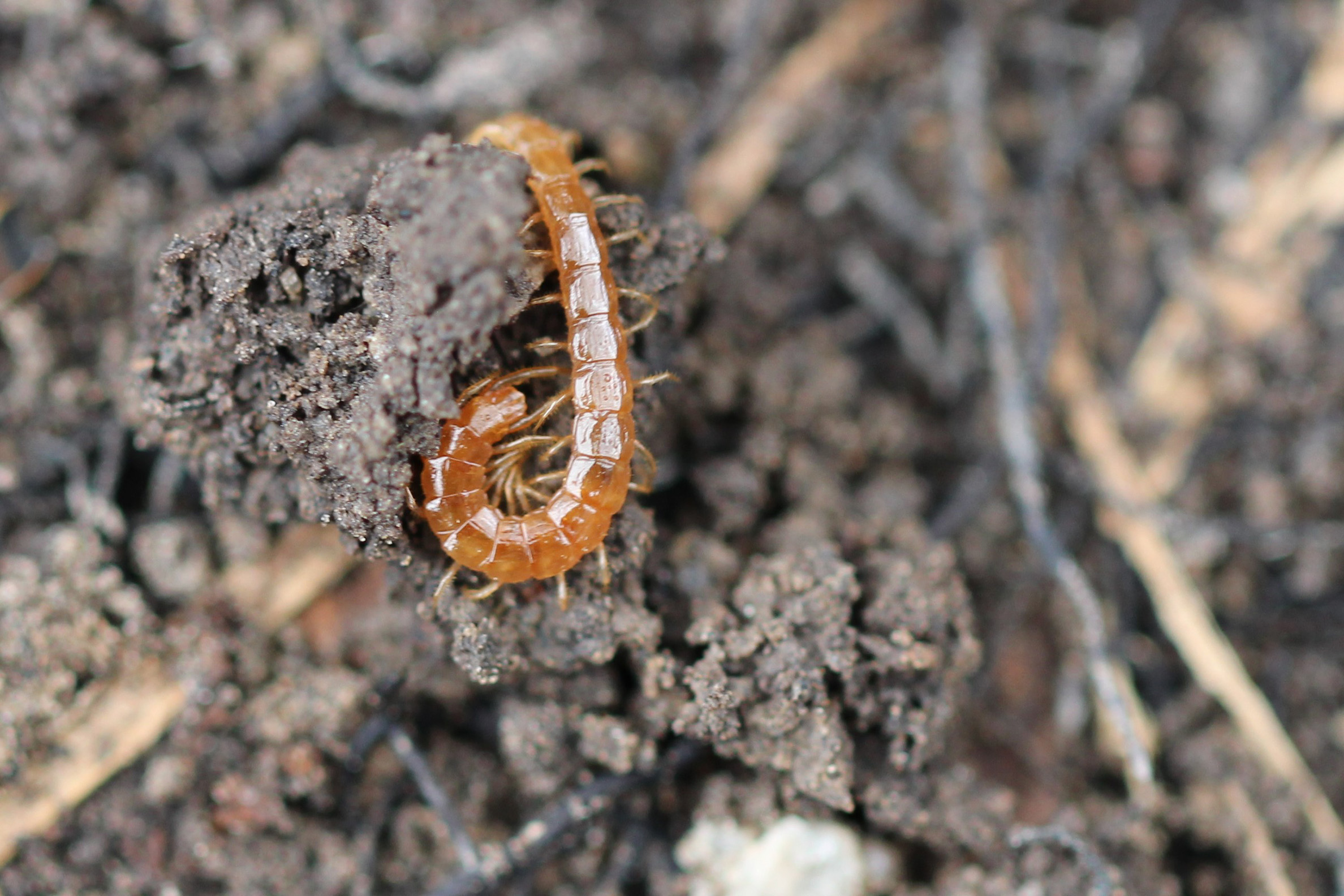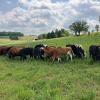Over the past year, one of the things that we’ve been quietly working on here at Xerces is a project to focus more conservation attention on one of the darkest, most enigmatic ecosystems on our planet: the ground beneath our feet.
Soils support the most biologically rich animal communities on earth, outside of our oceans. A single cubic foot of tallgrass prairie soil, the kind that has been spared plowing and pesticide contamination, may contain billions of organisms, and more species diversity than the entire above-ground Amazon rainforest.
Yet we think little of this life. The multitudes of springtails, tardigrades, woodlice, mites, nematodes, proturans, diplurans, myriapods, rotifers, and annelids are all often an afterthought when reflecting on the diversity and bounty of life on earth. These animals are arguably the most essential to the continuity of life’s existence. Soil organisms decompose and stabilize waste, cycling nutrients into forms that plants can use. The beasts of dirt feed songbirds and snakes. Their activities sequester carbon and aerate the ground. They allow us to grow food and shade trees, and the greenery that keeps our planet from devolving into a Martian-like desert of dry, blowing dust.

The ground beneath our feet contains an astonishing diversity of life from microscopic springtails and tardigrades to easily seen animals such as centipedes. Their abundance and diversity plays a huge role in maintaining healthy soil, a resource on which we all rely. (Photo: Jennifer Hopwood.)
Recognizing these roles, and the critical lack of attention we pay to soil life, the Xerces team recently published our new guide, Farming with Soil Life: A Handbook for Supporting Soil Invertebrates and Soil Health on Farms. This free, 100-plus-page guide represents a new synthesis of soil animal ecology, observational methods to monitor them, and conservation practices that preserve and enhance their populations.
Along with the new handbook, we are launching a series of Soil Life Short Courses, in both rural and urban agricultural communities across the United States. This new training program will introduce participants to the diversity of soil organisms including basic identification and monitoring of soil invertebrate groups, the concept of soil invertebrates as bioindicators (i.e., what the presence or absence of soil animals can reveal about possible contaminants), farm and garden soil conservation practices, case studies of soil conservation, and how to access technical support for grassroots soil conservation projects. Initially launching in the Northeast and Western states, we have plans to expand course offerings in the South and Midwest, including in a number of cities such as Minneapolis, Toledo, Detroit, and more.
All of these efforts closely align with a larger national conversation taking place around the concept of soil health. For decades, if soil received much attention at all, the focus was usually on its chemical and physical properties—nutrient availability to crops, or the engineering potential for road and building construction.
More recently the attention has shifted in exciting ways to refocus on the biological properties of soil. Along with this has been an intense dialog on beneficial soil fungi and bacteria, even while the most active and visible soil organisms—the myriad animals—have continued to be largely unmentioned. We hope that our recent and ongoing work to literally uncover and examine these small, beautiful wild creatures takes the conversation even further, and adds another way of thinking about the actual earth during Earth Week.
Listings of upcoming Soil Life Short Courses and webinars can be found on the events page of the Xerces website.

Further Reading
Download a copy of our new guide, Farming with Soil Life: A Handbook for Supporting Soil Invertebrates and Soil Health on Farms.
Find information about Soil Life Short Courses and webinars.




